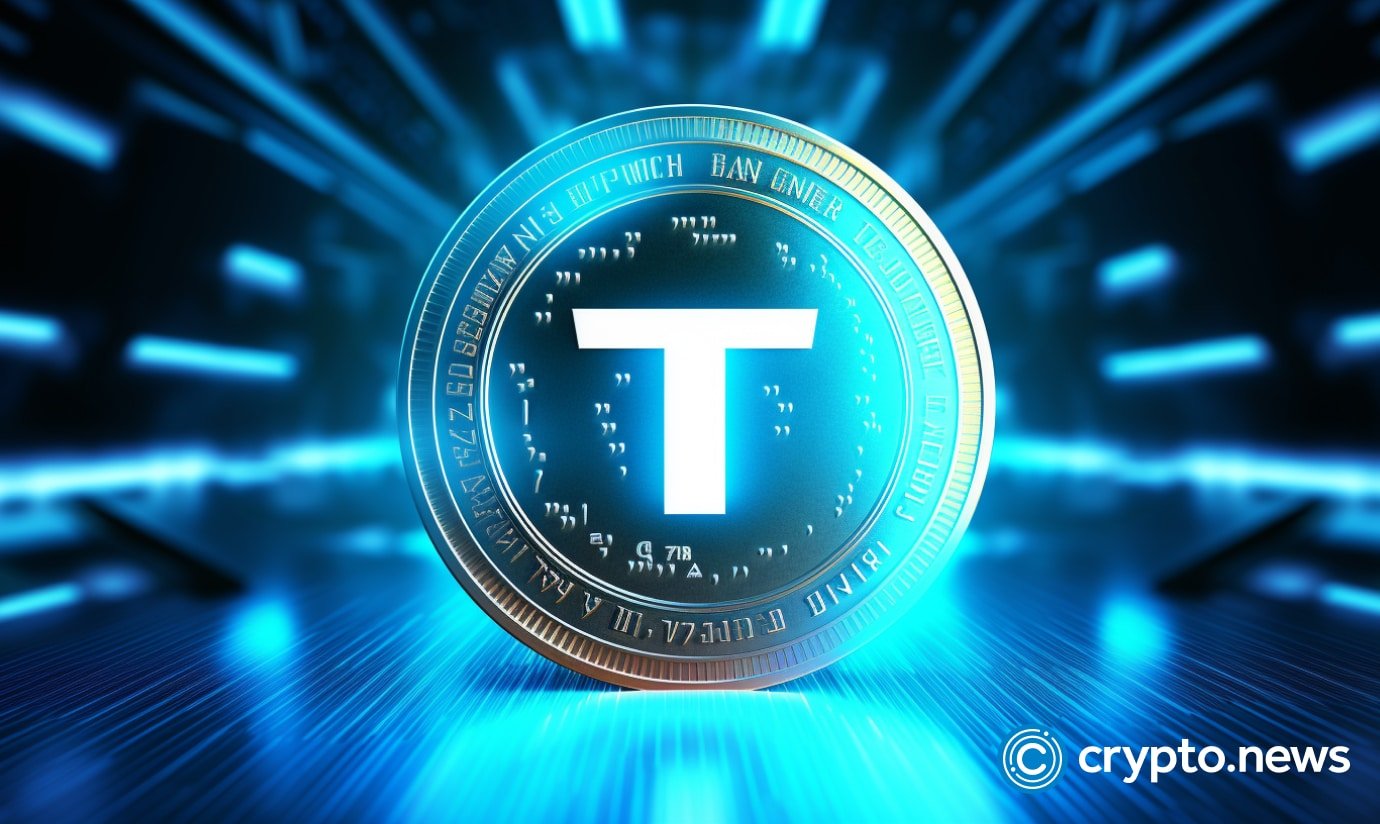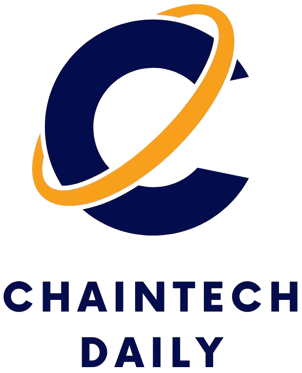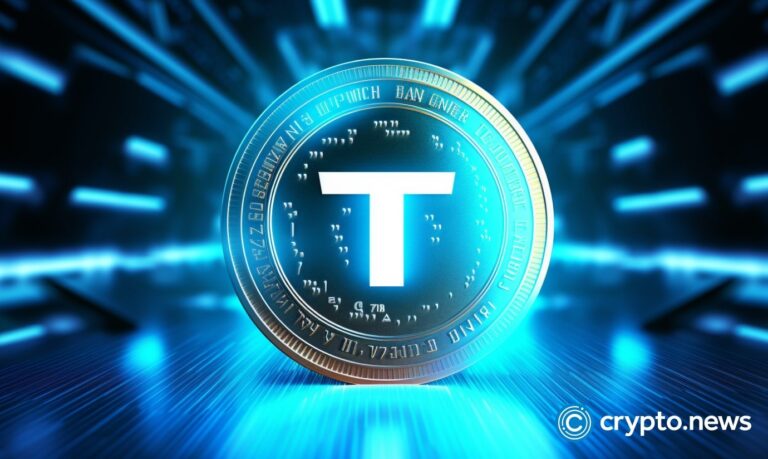
Don’t put all your eggs in one basket—an idiom Tether seemingly takes to heart. In just two days this April, the stablecoin giant unveiled two major moves: teaming up with Bitfinex, SoftBank, and Cantor Fitzgerald to launch a Bitcoin-focused public company, Twenty One Capital, and increasing its ownership stake in Italian football club Juventus to over 10%.
These announcements mark just the latest steps in Tether’s aggressive push to diversify beyond its flagship USDT stablecoin. This strategy could prove critical as regulatory pressure mounts across major markets.
USDT
Tether launched the USDT stablecoin in 2014. It soon became the biggest stablecoin issuer, while USDT grew into one of the five biggest cryptocurrencies in market cap.
At one point, USDT was a leading token in terms of trading volume. At different times, it was accountable for 50% to 80% of all Bitcoin trades.
Moreover, USDT plays a vital role in cryptocurrency onboarding, as many crypto exchanges don’t have fiat-to-crypto and crypto-to-fiat pairs. USDT is a USD substitute, providing a predictable trading instrument aligned with the USD value.
Companies also execute cross-border payments using USDT, which is backed by the U.S. Treasury bills. And Tether holds most of them. Last year, Tether bought $33.1 billion worth of the U.S. Treasury securities. It made the company the seventh biggest foreign net buyer, surpassing Mexico, Canada, Taiwan, and many other countries.
Tether abroad
Initially registered in the British Islands, Tether, as of January, moved its headquarters to El Salvador — the first country to adopt Bitcoin as legal tender. Shortly after Tether relocated to El Salvador, the local Congress killed Bitcoin’s status as legal tender.
Moreover, USDT remains a viable payment instrument for regions with low debit card penetration or for sanctioned jurisdictions. In Africa, USDT has a dual purpose: It serves as an asset for savings and as a remittance instrument. Countries like Russia and Iran use USDT, alongside other cryptocurrencies, in foreign trade to dodge sanctions.
Still, Tether’s stablecoin is experiencing legal crash tests in real time. For instance, the refusal to follow the Markets in Crypto Assets law regulating crypto in the European Union resulted in the removal of USDT from Coinbase, Kraken, Binance, and Crypto.com for EU customers.
In addition, emerging crypto regulation in the U.S. may lead to a ban on USDT (President Trump’s cryptocurrency company, World Liberty Financial, plans to sell its own stablecoin).
To mediate this problem, Tether is considering a new stablecoin that would align with new regulations.
Legal scrutiny
Last year, U.S. investigator alleged that Tether participated in money laundering and violation of sanctions. CEO Paolo Ardoino denies these accusations.
“At Tether, we deal regularly and directly with law enforcement officials to help prevent rogue nations, terrorists and criminals from misusing USDt,” Ardoino wrote in October. “We would know if we are being investigated as the article falsely claimed. Based on that, we can confirm that the allegations in the article are unequivocally false.”
See below.
Losing markets like the EU and the U.S. would have severely damaged Tether. However, the company has a lot more to offer than USDT, so business diversification may cushion these challenges.
Other ventures
In addition to stablecoins, Tether counts Bitcoin mining among its segments. For example, the company owns 21% of Bitdeer, mines crypto in Uruguay, and joined an effort to build a $1-billion Bitcoin mining farm in El Salvador called “Volcano Energy.”
The major plans for expanding Bitcoin mining ventures were announced back in 2023 when Tether outlined that it was going to invest $500 million in Bitcoin mining, including a company, Northern Data AG, and building mining facilities in three countries. Tether holds a 20% stake in Northern Data after buying 10,000 Nvidia H100 GPUs, chips popular among AI developers. These chips are rented out to AI startups. As of April, it’s not clear if the company followed this plan or took a different path.
Tether also has interests in artificial intelligence, resulting in a strategic $200 million investment in brain-computer-interface Blackrock Neurotech. The company is one of the world’s neuro-prosthetic leaders, and Tether became its majority stakeholder.
Tether invested $775 million in Rumble, a video platform known for its far-right audience, and backs Fizen, a payment service and self-custody wallet company. It also launched Holepunch, which helps to develop software without the need for servers.
Other projects talked about by Ardoino on social media that have yet to be adequately introduced include a tokenization platform and power kiosks in Africa with educational materials on cryptocurrency.
So even if USDT faces a ban in multiple jurisdictions, Tether isn’t a one-trick pony, although critics warn that Tether’s use of customers’ funds to make these hefty investments may end badly.
Ardoino, according to Forbes, sees it this way: “It’s good to have resilient money, but if you only have resilient money and everything else is centralized, it can be destroyed quickly. One of our mottos is ‘build for the apocalypse’.”



 (@paoloardoino)
(@paoloardoino)